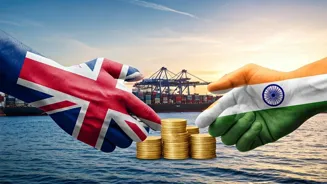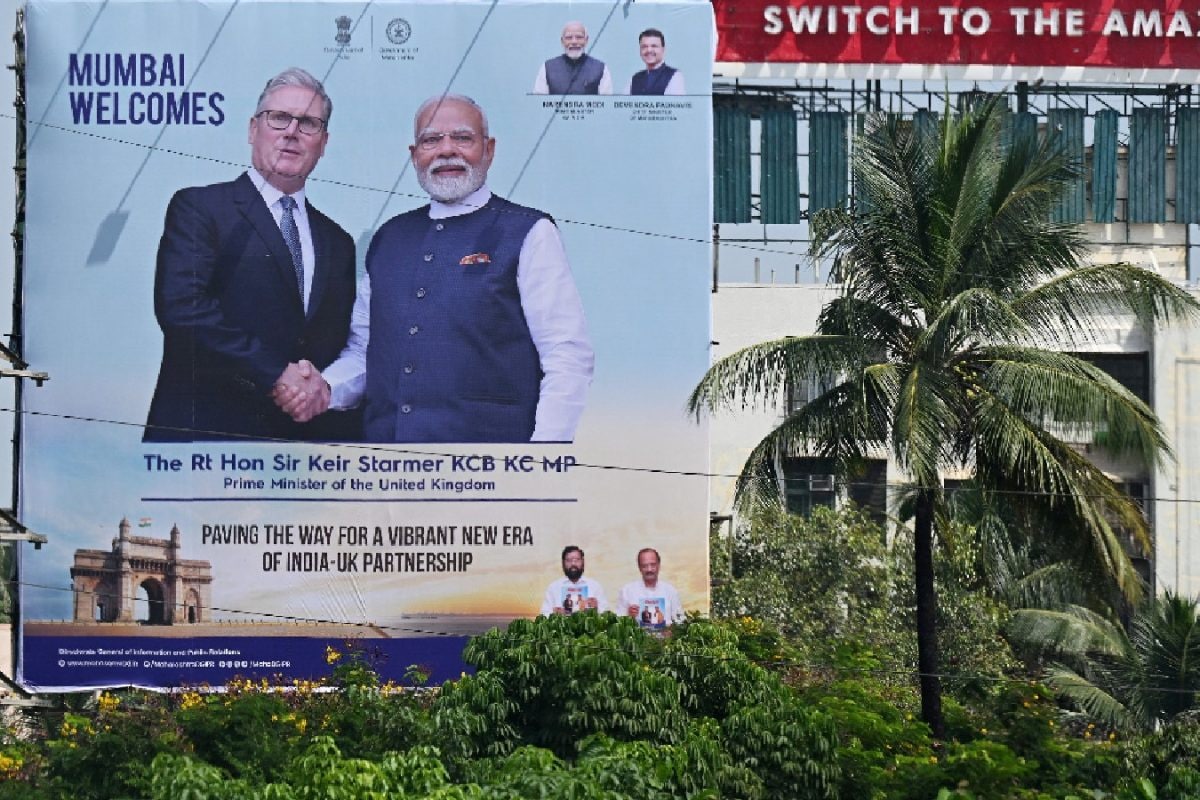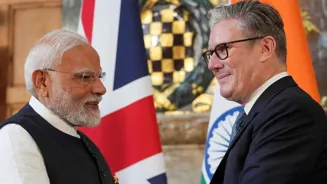Trade Mission's Purpose
The central purpose of the UK Prime Minister's visit to India was a trade mission, designed to advance economic ties. This visit prioritized negotiations
around a Free Trade Agreement (FTA) to enhance commercial activity. The FTA aimed to stimulate trade and investment between the UK and India. The focus underscored the importance of strengthening the economic bond between the two nations, creating avenues for mutual benefit. This included specific dialogues intended to remove barriers and encourage greater participation in each other's economies. The meetings held were structured to encourage collaboration and facilitate new partnerships, aiming for an era of heightened economic exchange. Essentially, the trip underscored the desire to turn potential trade opportunities into concrete benefits through strategic discussion and cooperation, paving the way for a stronger economic relationship in the future.
FTA: Key Objectives
A critical component of the Prime Minister's visit was the Free Trade Agreement (FTA). The FTA was intended to unlock benefits such as reduced tariffs, streamlined processes, and expanded market access. These advantages would significantly enhance the ability of businesses to trade goods and services across borders. The FTA aimed to reduce, if not eliminate, duties on a wide range of products, thereby cutting costs for businesses. Streamlining customs procedures would also speed up transactions, thus making trade more efficient. Through expanding access to each other's markets, both nations would open new avenues for companies to sell their products and services. This strategy was anticipated to increase both trade volumes and economic growth. Moreover, the negotiations sought to encourage investment, creating more jobs and spurring further economic development within both the UK and India.
Investment Discussions
Beyond the focus on trade, discussions included investment opportunities. The goal was to create an environment in which investment would flourish. The aim was to attract significant amounts of investment into both the UK and India. The UK sought to attract Indian investments in key sectors, like technology, infrastructure, and green energy. These investments were seen as crucial for fostering innovation and boosting economic advancement within the UK. Likewise, India welcomed the prospect of more UK investment. This investment would not only bring financial resources but also promote technological advancements, skill enhancement, and economic diversification. The discussions explored strategies to encourage investments, including policies to provide stability and certainty for investors, streamlining regulatory processes, and facilitating collaboration between businesses in both countries.
Boosting Bilateral Trade
An overarching goal of the visit was to boost overall trade between the UK and India. The emphasis was on increasing the total value of goods and services traded between the two nations. Increased trade would benefit both economies through economic growth, job creation, and consumer choice. The leaders considered various initiatives to stimulate trade growth. This included identifying and addressing trade barriers, such as tariffs, regulatory hurdles, and bureaucratic processes. Efforts were made to improve market access for businesses on both sides. There was an emphasis on increasing cooperation across different sectors, including goods and services. The aim was to build a strong and sustainable trading relationship.
Sectoral Collaboration
The trade mission also included conversations about sector-specific collaborations. This aimed to strengthen the partnerships between the UK and India across different industries. There was particular focus on sectors like technology, healthcare, and renewable energy. The leaders discussed strategies to encourage joint ventures, technology transfers, and research collaboration. Such efforts are designed to share knowledge and expertise between the two countries. The UK aimed to promote its capabilities in financial services and creative industries, while India sought to showcase its strengths in IT services and pharmaceuticals. Collaboration was seen as essential to increasing trade and encouraging innovation in crucial areas.












